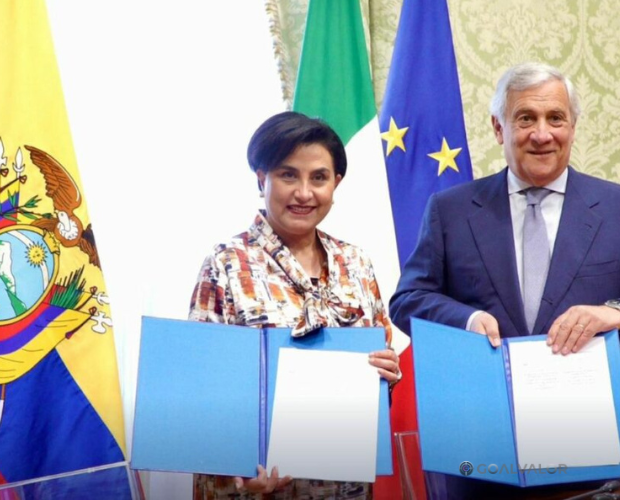A wave of shock and disbelief swept the internet when, a few weeks ago, a well-known creator lifted the curtain on a story that seemed to defy all common sense: two women, mother and daughter, announced that they were both pregnant by the same man. In a video that racked up hundreds of thousands of views in just a few hours, their matching baby bumps took center stage on a meticulously designed set, while the twenty-nine-year-old YouTuber at the heart of it all—grinning with unshakeable confidence—described with casual grace the “unique bond” linking their lives.
Reactions came almost instantly: outrage, anger, shock. Criticism and mockery flooded social media and the front pages of major international outlets, forming a chorus of moralists up in arms. Some cried scandal, decrying an alleged moral abomination; others, more skeptical, urged viewers not to judge until all the facts were known. On Twitter and Facebook, the headline “Two Taboo Pregnancies in One Family” became the perfect clickbait for those craving a thrill.
In the contested video, the daughter—a twenty-something with nervous glances—revealed that she had discovered her pregnancy just weeks after her forty-three-year-old mother, who called her second motherhood “a true miracle of life.” Both wore soft maternity outfits, lovingly cradled their bellies, and shared knowing smiles, fully aware they were starring in an extraordinary taboo. Beside them, the young creator alternated dramatic lines with carefully rehearsed gestures, acting as director of this dark comedy.
The spectacle went viral: dedicated hashtags, impromptu live streams by suspicious influencers, heated debates on online forums. Audiences split between those who took the story at face value and those who sensed a calculated performance. Even seasoned journalists began to probe: “Is it possible? Two relatives pregnant by the same man?” The doubt crept in, slow but relentless.
After several days of fiery controversy, the revealing interview finally dropped. The mastermind behind this alleged “family scandal” admitted, half-smiling, half-mocking, that there was no pregnancy and no taboo to defy. What followers had witnessed was a staged bluff—a perfect pantomime designed to test the algorithms and the audience’s willingness to be swept away by drama. The women in the video—mother and daughter—were in fact both his girlfriends, with no children involved; the whole thing was an experiment probing the limits of digital entertainment.
In the hush that followed the confession, voices rose among those who felt offended and deceived. Jade, the “innocent daughter,” spoke of the anguish she felt as insults poured in on social media; Dani, the “miraculous mother,” confessed to feeling utterly alone in the face of cruelty from people who judged without knowing. Both emphasized how thin the line can be between viral content and respect for the real people behind the screen.
More than a mere clickbait case, this episode stands as a powerful warning for anyone operating in the digital realm: reputation is built on authenticity, not the echo of a fleeting scandal. #goalvalor teaches us that true influence springs from transparent content—capable of engaging without manipulating, of moving without deceiving. The future of personal branding and marketing isn’t fueled by sensationalism, but by trust, respect, and stories that enrich rather than wound.
Ultimately, the only miracle worth proclaiming is an audience that learns to distinguish reality from fiction, healthy curiosity from morbid speculation. If the spectacle of appearance can still astonish us, it is the power of credibility that elevates those who seek to leave an enduring mark on people’s hearts. With #goalvalor, the real challenge is staying true to oneself, turning every occasion—even a daring sketch—into an opportunity for genuine growth, unbounded and honest.
Video:
https://vm.tiktok.com/ZNdh2wWxR/









